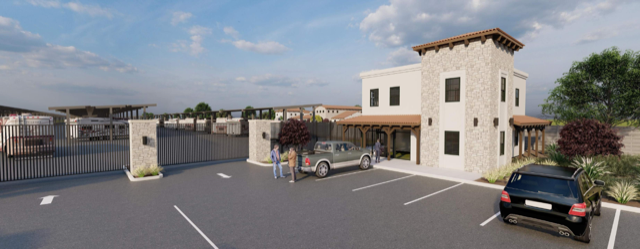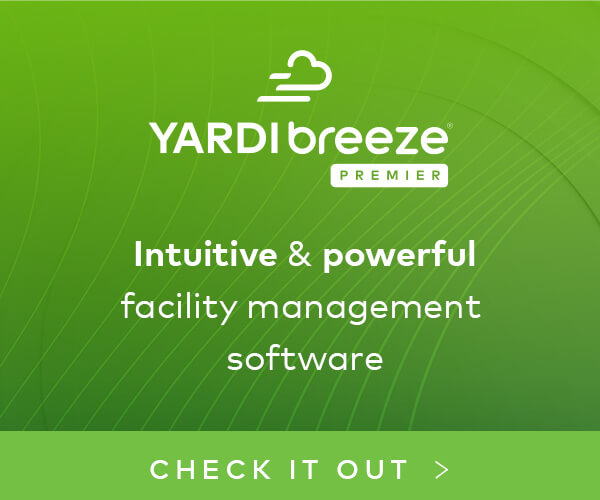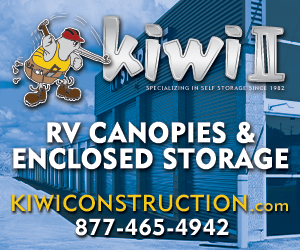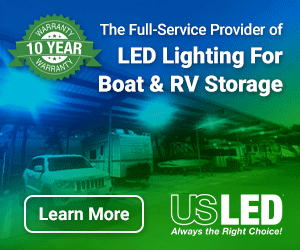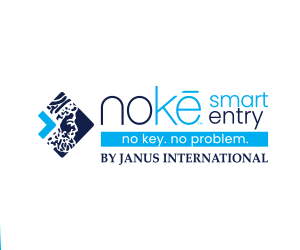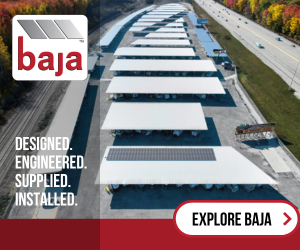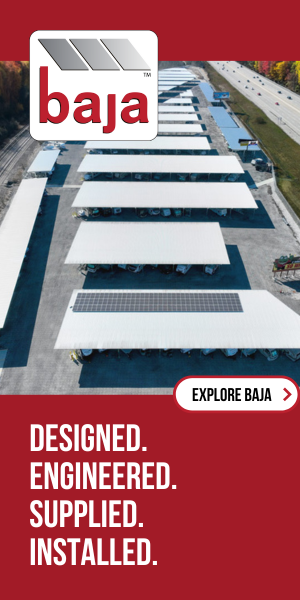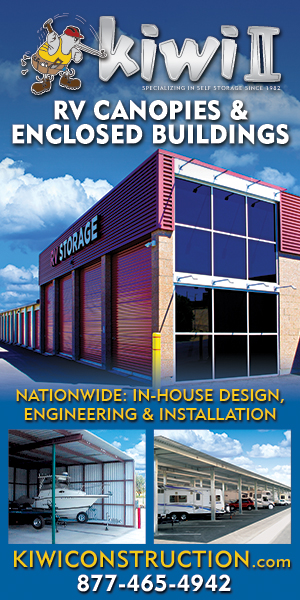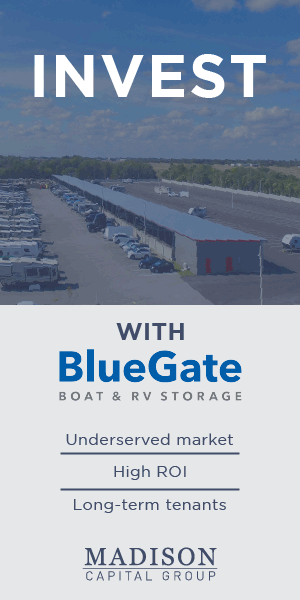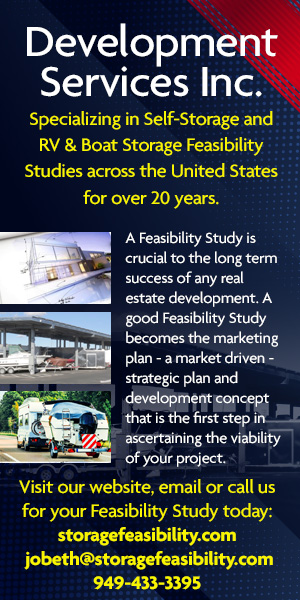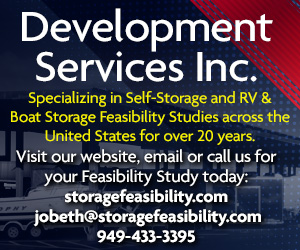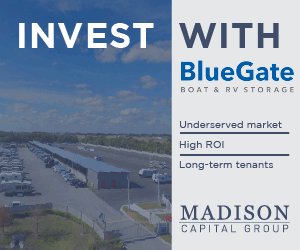Written by Chris Koenig, President, Pacific Property Advisors, Inc.
On Tuesday, Aug. 18, 2022, President Joe Biden signed into law the Inflation Reduction Act (IRA); a 700+ page document that reads like legal jargon referencing every governmental code imaginable but a few of these pages included changes to Section 48 of the Internal Revenue Code. Section 48 of the code spells out the Investment Tax Credit (ITC) available for installing solar, which was changed by the IRA and will give a much needed boost to the solar world at least for the next couple years.
The IRA changed the base ITC from 26%/20% to a base ITC of 30% with several 10% “Adders.” These 10% Adders include: (a) using at least 50% U.S. materials for the solar; (b) installing the solar in a designated low-income census tract (map link here); and (c) including a 20% Adder if the solar is installed to benefit a low-income housing project. The U.S. materials Adder seems reasonably feasible and the low-income location adder is going to be site-specific, so it is safe to say achieving a minimum of 40% ITC is possible. One caveat to all of this is that a “prevailing wage” must be used for the solar development, which will likely increase the overall project costs.
The ITC is a direct dollar-for-dollar tax credit that can be used by individuals to offset “passive income” and by corporations/banks to reduce corporate tax liability. Disclaimer: Consult with your accountant on these topics; I am not providing accounting advice or guidance. Solar also provides depreciation, which can be accelerated to take 80% depreciation in the first year it is put into use.
There are many ways to structure the financing on solar projects to efficiently monetize this ITC; however, I will be discussing one option, which in my opinion, is the most effective for the development of solar-canopy RV and boat storage facilities and the option that I am using on several of my own projects.
My preferred method is to have my bank fund 100% of the solar-eligible costs (carports, solar panels, covers, etc.). We then enter a sale-leaseback arrangement where the bank owns the solar assets and takes the ITC and depreciation. In turn, I make a monthly lease payment to the bank for using its assets. The bank’s securitization for the assets is a UCC-1 filing to secure the personal property – it does not have a lien on the real estate.
After seven to 10 years, this is negotiable of course, I purchase the system from the bank for 10% to 30% of the original cost aka the “residual.” If you’ve ever leased a car, this is a similar structure with the only variance being the ITC and depreciation. The attractive thing about this sale-leaseback structure is that the principal on the solar capital is reduced drastically from the ITC and depreciation taken by the bank. For example, on a typical project I could have a $12MM solar sale-leaseback with a 40% ITC. The bank assumes it will receive $4.8MM in tax refunds from the Dept. of Treasury within one to two months from when the project is completed, which reduces the bank’s exposure from $12MM to roughly $7MM. In addition, the bank can take accelerated depreciation on the $12MM (less the ITC of $4.8MM) and apply this roughly $7MM deprecation to further get tax refunds of roughly $2.1MM ($7MM x 30% corp. tax rate). This now essentially has reduced the principal on the original $12MM to $5MM.
On a project of this size, the annual lease payments would be in the $150k to $250k range, which is in the 1% to 2% effective rate range on the original $12MM and significantly cheaper than current interest rates. As an example of how lucrative this method is, with the increased ITC, the debt payment on one of my projects was reduced from $800k to $400k overnight, with all other factors remaining the same.
This solar funding does not, however, fund non-solar related costs (i.e. land purchase, paving, office, site work, etc.) and thus, I must also have a conventional real estate loan, secured by a first deed of trust on the property for these costs.
I find it best to look at the financing of these as having two debt instruments. For my prototypical site of 500 units on 12 acres, I would have: (1) a $6MM conventional first deed of trust real estate loan secured by the property to finance non-solar costs; and (2) a $12MM solar tax lease secured by the personal property and all solar assets (carports, panels, etc.). The bank takes all the solar ITC and solar depreciation under this tax lease and in turn the payment’s effective interest rate is ~1%!
One other option and this depends how your partnerships are formed and other factors, if you or your partners can use this full ITC amount and have significant passive income to offset, is to keep ownership of the solar and pass down this ITC to the LP, GP, partners, etc., via a K-1. On one of my projects, this would be an ITC of nearly $6.5MM! This would make the solar payment much higher and change the economics. Passing the ITC to the bank provides a nice, low debt service and we get the benefit of this $12MM project cost getting paid down $7MM by the federal government via the ITC and depreciation.
When looking at it as two different financing instruments, we also can look at this as essentially two projects: One, a covered RV boat storage business; and, two, a solar system.
- The RV boat storage business will have a $6MM loan secured by the property and generate roughly $1.5MM in NOI for renting the covered RV boat stalls, giving it a value of ~$23MM or a 26% LTV ($6MM / $23MM). Once leased up, you could refinance this real estate loan at a conservative 50% LTV and pull out $6MM or refinance to keep a lower loan and greater cash flow. This factor, to me, is one of the greatest value-add propositions I have ever seen in a cash-flowing real estate investment! Also, my lender will give favorable terms with such a low LTV/LTC and my loan guarantors like having their risk mitigated as much as possible.
- The solar system will have income of $340k selling power to the local utility company with minimal O&M costs and debt service of $200k. This system will have about $140k positive cashflow for seven to 10 years and then significantly more income once the solar lease is paid off or refinanced with a new, longer-term loan.
The uniqueness of the solar canopy taking all the tax credits is the real home run on these solar canopy RV and boat storage projects. Essentially, it is 100% financing the building that we use to get premium rents from RV and boat customers plus having roughly 65% of this cost paid down by the federal government via the ITC and depreciation. I don’t know of another asset class or development opportunity where this structure works in such an efficient way. For example, I am developing two self-storage projects now with solar but I don’t get the ITC on the actual storage structures, only the solar costs; whereas, I get the ITC on the solar carport structure, the canopies.
This article is part one of a three-part series. In the next article, I will discuss ways to sell the power generated by these large solar canopies and receive dual income per square foot of covered spaces: revenue from the roof’s solar and a premium-rent for the covered RV and boat storage underneath.









